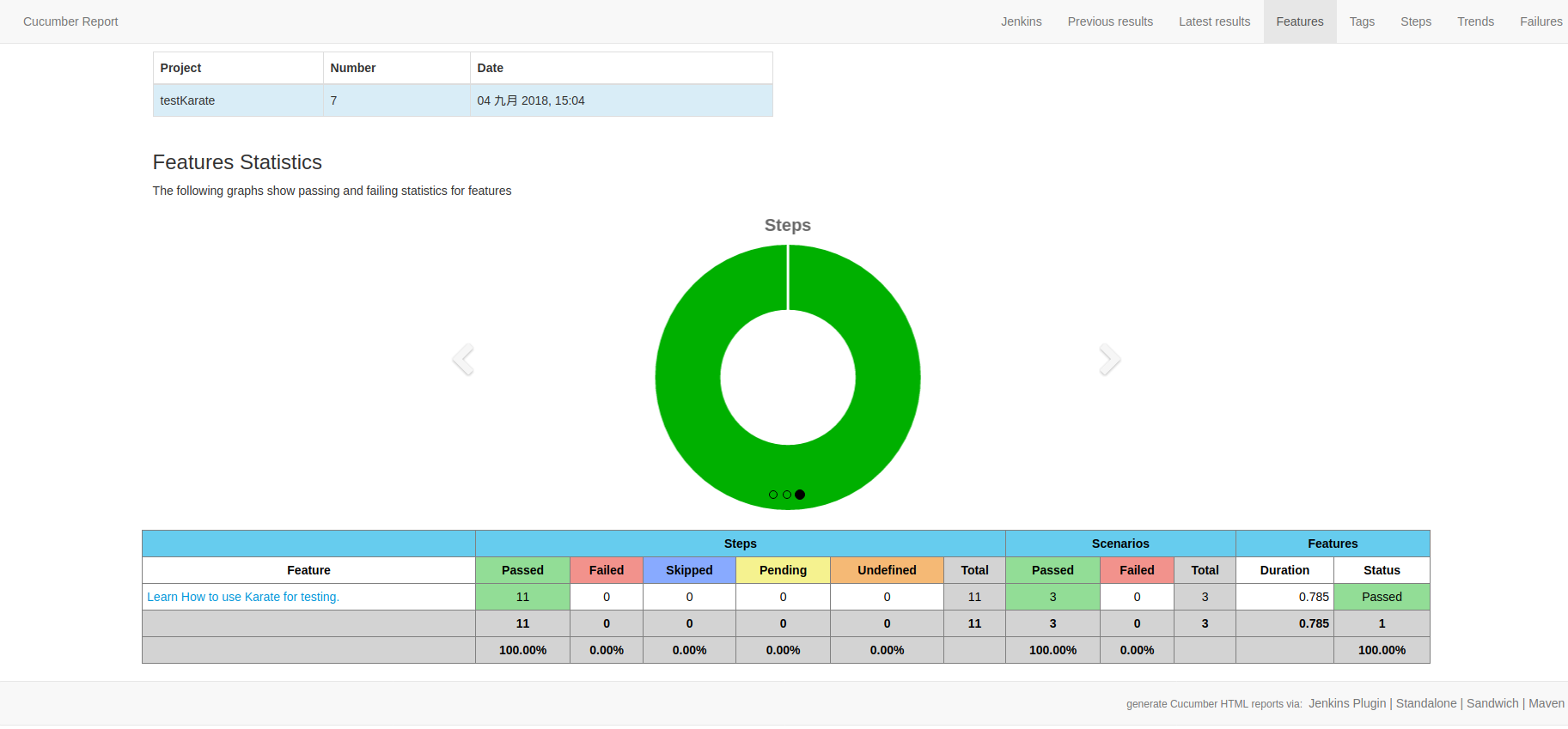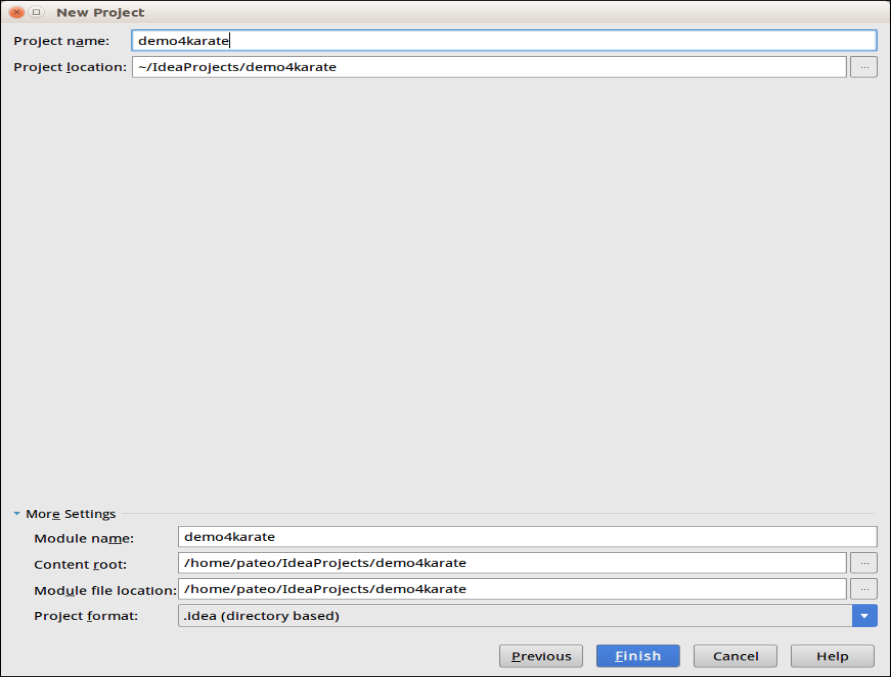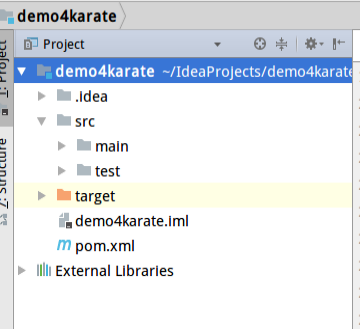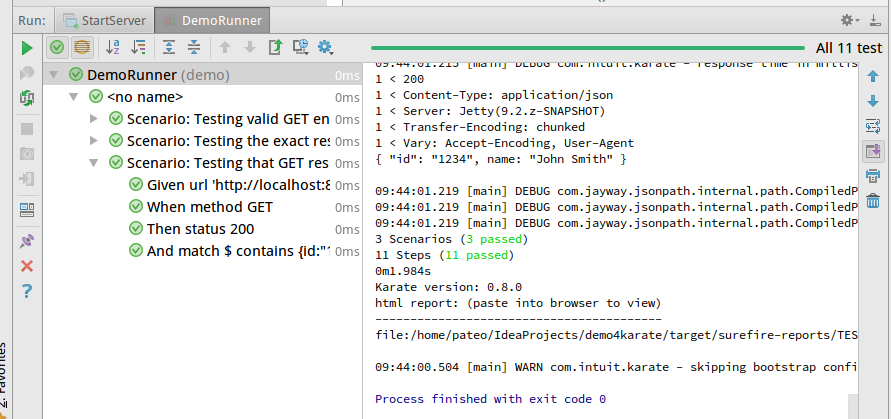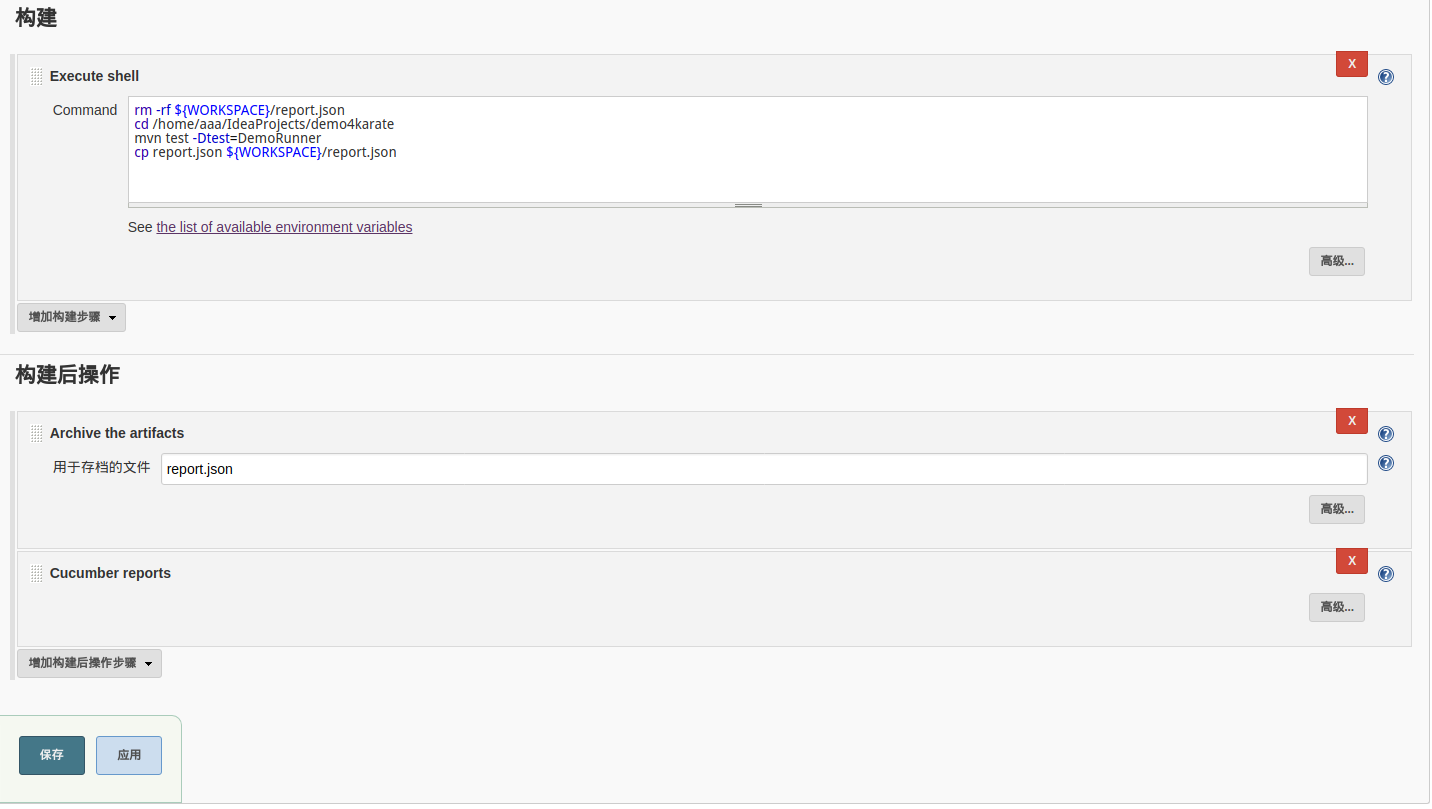1分鐘入門介面自動化框架Karate
介紹
在這篇文章中,我們將介紹一下開源的Web-API自動化測試框架——Karate
Karate是基於另一個BDD測試框架Cucumber來建立的,並且共用了一些相同的思想。其中之一就是使用Gherkin檔案,該檔案描述了被測試的功能
與Cucumber不同的是測試用例不需要用Java編寫,並且被完整的描述在Gherkin檔案中
通過Karate,您可以編寫任何型別的Web服務端的測試指令碼,並檢查響應是否符合預期
Karate的驗證引擎可以靈活的比較兩個JSON或XML檔案內容,不受空格和資料順序的影響
有關Karate的更詳細的內容,請參考Karate官方介紹
特點
- 建立在Cucumber-JVM基礎上
- 可以像標準的Java工程一樣執行測試並且產生報告
- 測試程式碼的開發不需要掌握任何的Java知識
- 即使對非程式設計人員,測試程式碼也很容易編寫
環境需求
- JDK1.8及以上
- Maven
- IDEA
使用
建立工程
1.開啟IDEA,File|New|Project
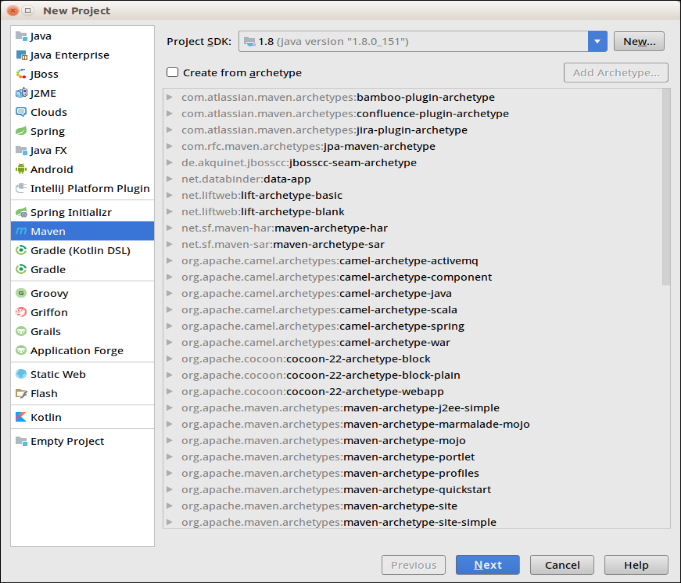
2.選擇Maven工程,點選Next
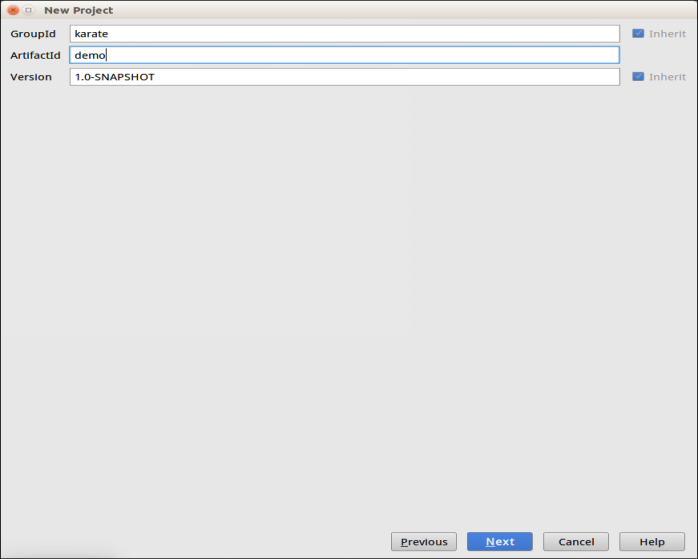
3.輸入Maven基本資訊,點選Next
4.輸入工程名稱和存放路徑,點選Finish
新增依賴
要在Maven專案中使用Karate,需要將karate-apache依賴項新增到pom.xml,如果實現JUnit測試還需要新增karate-junit4依賴
| <dependencies> <dependency> </dependencies> |
設定測試資原始檔目錄,建議測試用例檔案和java檔案放在同一個目錄下,遇到龐大的工程的時候方便管理,不必在資料夾src/test/java和src/test/resources資料夾之間切換,可以在pom.xml的
| <testResources> |
服務端模擬
為了演示REST API,我們使用WireMock伺服器
在pom.xml中新增mock服務依賴配置
| <dependency> |
編寫一個啟動服務的類
| package server; import com.github.tomakehurst.wiremock.WireMockServer; import static com.github.tomakehurst.wiremock.client.WireMock.*; public class StartServer { private static WireMockServer wireMockServer = new WireMockServer(8080); public static void startServer(){ stubFor( stubFor( } public static void main(String... args){ |
用例檔案編寫
一個用例檔案以“ .feature”副檔名儲存。
檔案以Feature關鍵字開頭,在同一行跟著所測試的功能名稱
一個用例檔案包含不同的測試場景,每個場景都以關鍵字Scenario開頭,並且包含多個步驟。這些步驟包含關鍵字Given,When,Then,And和But
有關Cucumber和Gherkin結構的更多資訊,請點選此處
| Feature: Learn How to use Karate for testing. Scenario: Testing valid GET endpoint Given url 'http://localhost:8080/user/get' Scenario: Testing the exact response of a GET endpoint Given url 'http://localhost:8080/user/get' Scenario: Testing that GET response contains specific field Given url 'http://localhost:8080/user/get' |
我向大家推薦一個學習資料領取的qq群。這套視訊資料詳細講解了(自動化程式設計,mysql調優,自動化框架使用)。
對以上測試資料,測試技術 感興趣的朋友,歡迎加QQ群:175317069,一起學習,相互討論。
Runner類編寫
建議放在用例檔案同級目錄下
我們可以通過將Karate與JUnit整合來執行我們的測試
我們將使用@CucumberOptions註解指定Feature檔案的具體位置
| package demo; import com.intuit.karate.junit4.Karate;
public class DemoRunner { } |
執行用例
1.先啟動服務
右擊StartServer類選擇Run StartServer.main()啟動服務
2.執行用例
右擊DemoRunner類選擇Run DemoRunner執行測試
檢視報告
在專案的target/surfire-reports目錄下有TEST-demo.demo.html檔案,瀏覽器中開啟即可看到結果
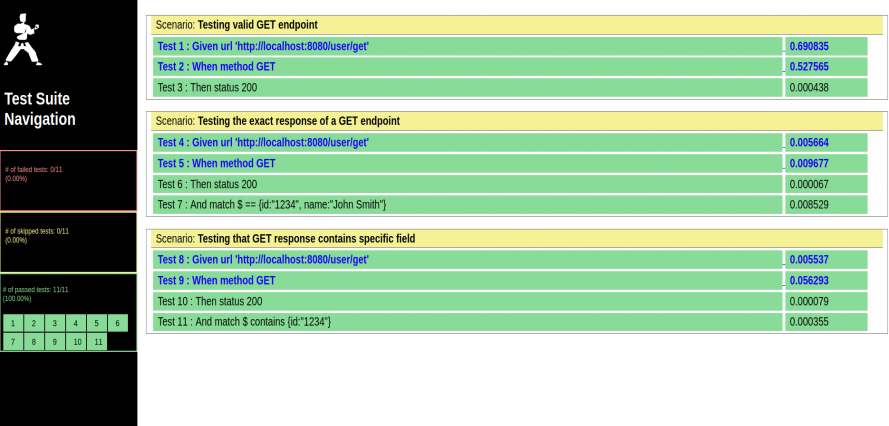
持續整合
可以藉助於jenkins完成自動化測試並且jenkins提供外掛cucumber-reports可以展示可讀性強的自動化測試報告
需要修改Runner繼承KarateRunner,先引入Karate-testng依賴
| <dependency> |
修改DemoRunner,注意配置CucumberOptions,要產生json格式的報告,cucumber-reports外掛會去解析該檔案並生成報告
| package demo; import com.intuit.karate.junit4.Karate; import com.intuit.karate.testng.KarateRunner;
@CucumberOptions(features = "classpath:demo/demo. feature",format={"pretty", "html:reports","json:report.json"}) public class DemoRunner extends KarateRunner { } |
jenkins中cucumber-reports配置請參考網路資源
jenkins配置命令列執行指令
| rm -rf ${WORKSPACE}/report.json |
jenkins報告展示
